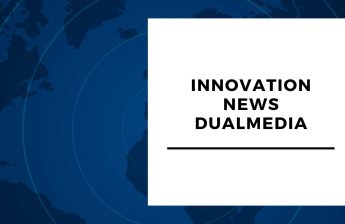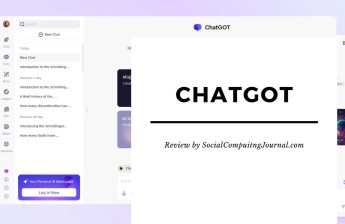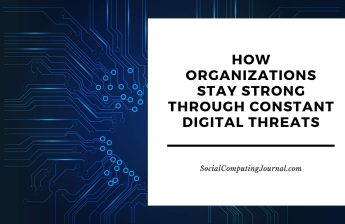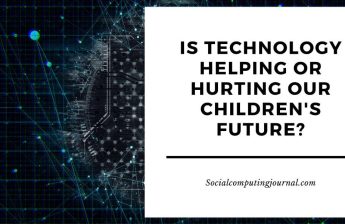Remote IT support software has become an essential tool for businesses adapting to the modern work environment. With more companies relying on remote teams, warranting IT operations run smoothly and efficiently is no longer optional.
However, with several tools on the market, making a choice can become impossible. Here are the essential features you should look for when selecting remote IT support software to help you make an informed and confident decision.
Contents
Robust Security Features
When your IT team is accessing sensitive systems remotely, security is more than just a priority. It’s a necessity. Remote IT support software must have strong security measures to protect your business and its data.
Features like multi-factor authentication, end-to-end encryption, and secure session protocols can help prevent unauthorized breaches and maintain client trust. Furthermore, ensure that your chosen software complies with relevant data regulations.
Following this practice helps safeguard your organization. It also protects your clients’ sensitive information.
Scalability and Flexibility
No business stays the same over time. Growth, change, and adapting to new challenges are part of every company’s path. That’s why your remote IT support software needs to align with your evolving needs.
- Can it handle increasing IT demands without slowing down?
- Does it offer subscription plans that can adapt as your team grows or contracts?
Flexible tools support diverse devices, make room for varying IT infrastructures, and ensure your solutions grow alongside you.
Picking a scalable provider now saves you from switching tools later. This also ensures a seamless experience even as your business takes on new dimensions.
Integration Makes All the Difference
Your IT toolbox likely already includes several platforms for things like communication, scheduling, and monitoring. The ideal remote IT support software shouldn’t require you to overhaul those systems. Instead, it should integrate seamlessly with what’s already in place.
Software compatibility ensures your team avoids the frustration of switching between tools or working around integration issues. Look for solutions that sync effortlessly and enhance your ecosystem without adding extra layers of complexity, like those found in ScreenConnect solutions.
That way, you can focus on resolving IT challenges rather than contending with system hiccups.
User-Friendly Interfaces Streamline Productivity
A tool is only as good as its usability. Remote IT support software with an intuitive interface ensures your team can focus on solving IT issues rather than wrestling with the software itself. Clear navigation, well-organized menus, and easy setup processes can reduce onboarding times and improve efficiency.
It doesn’t matter if your team is experienced or just starting out, a user-friendly platform creates a smoother workflow. Moreover, offering features like customizable dashboards can improve accessibility and make the software even more functional.
Reporting and Analytics to Power Decision-Making
Strong reporting and analytics features can transform how you manage your IT operations. These tools help track performance, identify bottlenecks, and measure the effectiveness of support strategies.
Some key metrics to look for include:
- Session completion rates.
- Resolution times.
- User satisfaction scores.
Comprehensive reporting shows how your IT team is performing. It also highlights areas for improvement and provides the data you need to streamline operations.







